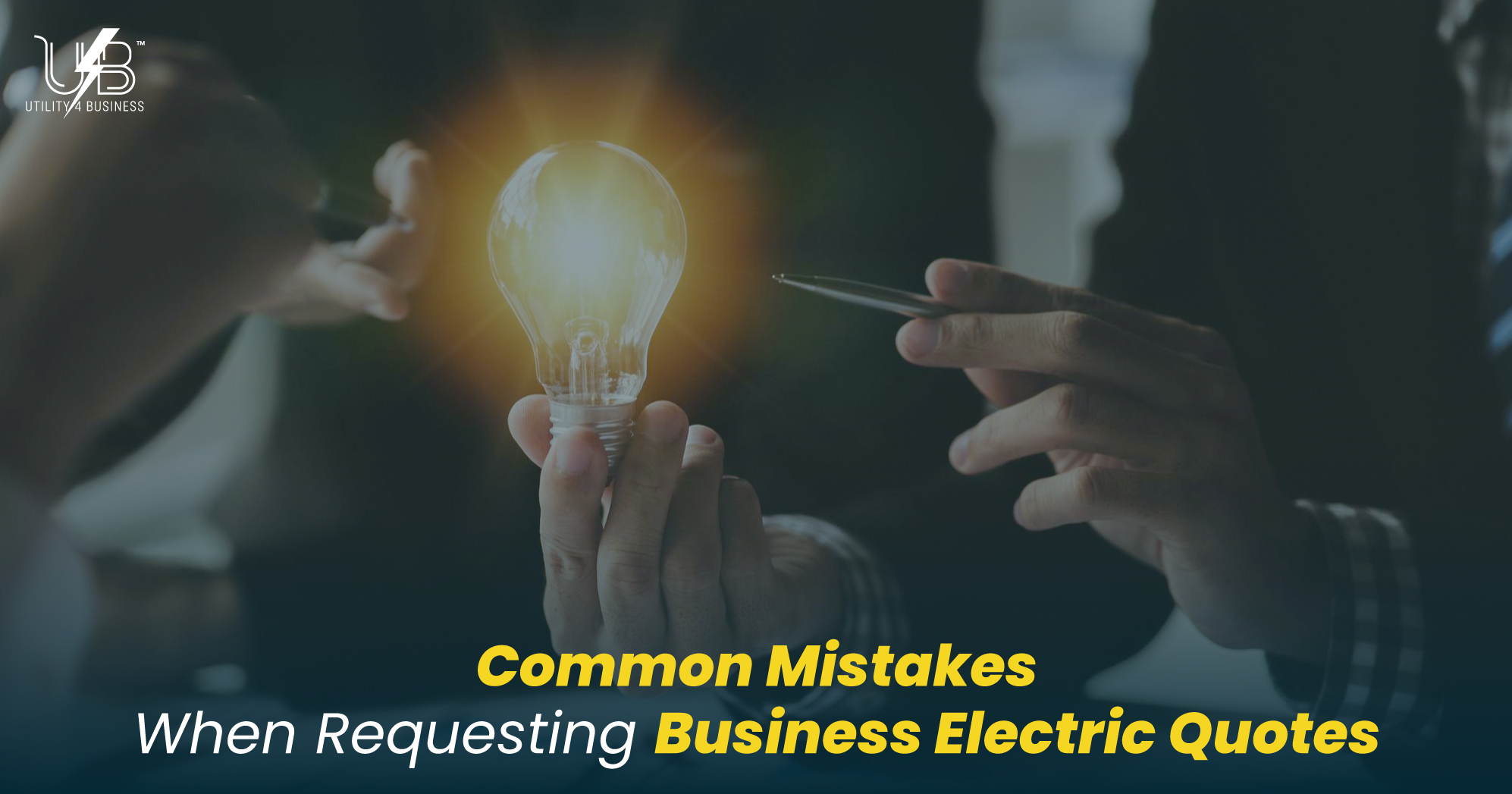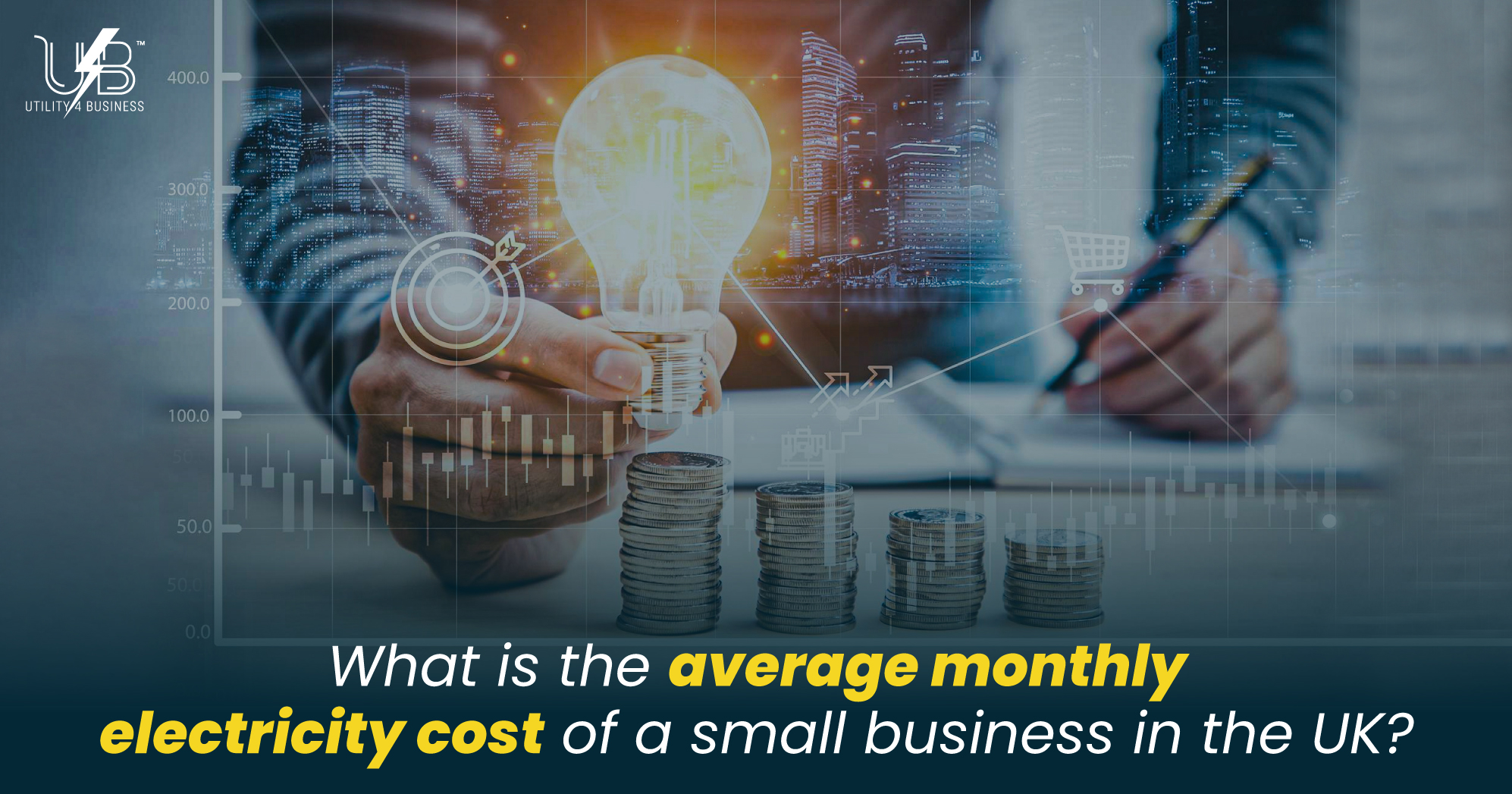Common Mistakes When Requesting Business Electric Quotes
Avoid Business Electricity Pitfalls

Energy costs hit cash flow fast. A quote that looks cheap at first can cost more over the year. The goal is clear: secure a fair deal and protect margins. This guide explains how quotes work, what trips buyers up, and how to compare offers the right way. It uses a simple approach that any office manager or finance lead can follow. For searches and procurement, include phrases like business electricity comparison, business electric comparison, compare business electricity, and compare commercial electricity in notes and briefs. Clear inputs lead to clear outcomes.
How Business Electricity Quotes Actually Work
A business electricity quote breaks down into two main parts. The unit rate is the price per kWh. The standing charge is the daily fee to keep the supply live. Quotes may also include pass-through costs, such as network or policy charges, plus VAT and the Climate Change Levy where it applies. Suppliers and consultants need core data to price with confidence. That includes the site address, the MPAN, recent meter reads or usage, and the contract end date. With complete data, pricing teams model risk and issue a firm quote that reflects the actual load.
The Role of the MPAN
The MPAN is the supply point ID. It links the quote to the exact site on the network. It is not the same as the meter serial number. It sits on the bill and often starts with a long set of digits split into boxes. Share the MPAN to avoid wrong-site pricing and delays.
Common Mistakes
Comparing Only the Unit Rate
The lowest p/kWh does not always mean the lowest bill. A higher standing charge can wipe out a small unit-rate gain. Some quotes fold non-commodity costs into the standing charge. Others show them as separate lines. That makes like-for-like checks hard. The solution is simple.
Ignoring Contract Type and Structure
Fixed contracts lock the price for a set term. Variable or pass-through models move with the market or itemise certain network charges. Each structure has trade-offs. Fixed works well for budget control. Pass-through can work when usage peaks sit outside high-charge times, or where a business can shift load. Always ask what costs sit in the unit rate and what sits outside it. Then carry those rules across each quote. Only then does a business electric comparison show the full risk picture.
Leaving It Too Late and Falling onto Deemed or Out-of-Contract Rates
Missing a renewal window can move a site to a deemed or out-of-contract rate. These rates tend to be much higher. Bills jump without warning. Start renewal checks three to six months before the end date. Confirm notice rules with the current supplier. Keep the end date and termination status in the brief. Early action secures a hold on prices and stops last-minute pressure.
Not Disclosing or Checking Broker or Consultant Commissions
A quote can include fees paid to a third party. Lack of clarity leads to disputes and poor value. Ask for the fee in writing, plus the way it is charged. For example, it may be a fixed fee or a small uplift in the unit rate. A clear fee makes a comparison of business electricity exercise fair. It also builds trust for repeat renewals.
Overlooking VAT and Climate Change Levy (CCL)
Most business users pay 20% VAT and CCL. Some sites qualify for a 5% VAT rate. Some uses may be exempt from CCL or pay less under a scheme. Errors on VAT or CCL inflate bills. Confirm the correct rate before signing. Make sure the quote and the contract reflect that rate. After go-live, check the first invoices to confirm it appears on the bill as agreed. This step keeps a comparative commercial electricity review accurate from day one.
Not Accounting for Half-Hourly, Capacity, and MOP/DC/DA Charges
Half-hourly (HH) sites have extra cost lines. These include capacity (kVA) charges and fees for the Meter Operator (MOP), Data Collector (DC), and Data Aggregator (DA). Some quotes exclude these items. Others include them. A capacity set too high drives needless cost each month. The capacity is set too low, resulting in high-risk charges for excess use. Review past load and set capacity to the right level. Ask whether the quote shows MOP/DC/DA as a bundle or as separate lines. A true business energy comparison for HH sites must include these items in the total.
Missing Like-for-Like Assumptions
Quotes often vary in terms of length, green content, payment terms, and deposit needs. Some base the price on estimated usage rather than past data. Others add early exit fees or extras for paper bills. Without standard rules, a business electricity comparison becomes a guess. Define the term, payment type, green preference, and data set. Then ensure each quote follows those same rules. This makes the lowest “total annual cost” the true winner.
Using Inaccurate or Incomplete Usage Data
Good data drives good prices. Provide the last 12 months of usage. For HH sites, share half-hourly data. If the site is new, provide a clear view of expected load by season and by hours of operation. Pricing teams model risk around peaks, not just totals. Clean data helps them sharpen the rate and reduce risk premiums. It also helps avoid large reconciliations later.
Not Validating Bills After the Switch
The first three bills set the tone. Errors at go-live can persist for months if no one checks them. Validate the standing charge, the unit rate, VAT, CCL, and any pass-through lines. Confirm that MOP/DC/DA fees and capacity charges match the contract. If the bill differs from the quote, request a fix right away. This keeps the comparison business electricity exercise honest and protects the budget.
Ignoring Market Timing and Quote Validity
Prices move. Many quotes expire within a short window. If the decision slips, the site may need a re-price. Note the validity date and hold time in the brief. Share decision dates with the pricing contact. If the market spikes, wait for calmer conditions if the current contract allows it. If the market falls, be ready to act. Timing does not replace process, but it supports better outcomes.
How to Request a “Comparison-Ready” Quote
Make it easy for pricing teams to do precise work. Put the site address and MPAN at the top of the request. Add the current supplier name on file, the contract end date, and any notice already sent. Include the most recent 12 months of usage or HH data. State the preferred term options, for example, 12, 24, and 36 months. Confirm payment method and green supply preference. Ask for the unit rate, standing charge, and any pass-through items to be clear on the quote. For HH sites, request capacity, MOP, DC, and DA costs. Ask for VAT and CCL to be shown as separate lines. Request any broker or consultant fee in writing. With this data set, a business electric comparison becomes quick, fair, and repeatable.
What a Good Comparison Looks Like in Practice
A clear comparison shows the supplier name, the term, the unit rate, and the standing charge. It also shows any pass-through items, the capacity and MOP/DC/DA for HH sites, VAT, CCL, early exit fees, and the total annual cost both ex-VAT and inc-VAT. Keep the same assumptions across each row. Decide on the total annual cost first, then sense-check the structure and service terms. This protects cash flow and reduces the chance of bill shocks later.
Conclusion
The cheapest unit rate can cost more over the year. Contract type, standing charge, pass-through items, VAT, CCL, and HH fees all shape the real bill. Accurate data, clear fee disclosure, and like-for-like rules turn a complex choice into a simple one. Validate the first invoices and keep renewal dates in view. With a disciplined process and expert support from Utility4Business, a business electricity comparison becomes a straightforward path to savings and control.
Find This Article Helpful? Share It Now!
At Utility4Business, we offer top-notch customer support and business utility solutions for businesses across the UK. Consider sharing this article and helping others discover how our expertise can add value to their business success.

Read Our Latest Posts
Explore our latest blog posts and learn how Utility4Business can support your business growth with tailored utility solutions and services. Stay ahead of the curve with the latest information from industry experts and take advantage of our user-friendly comparison services to find the best business deals.


Get Connected
At Utility4Business, our team of experts can help you figure out the highest-value business utility deals that will help your business grow over time.

